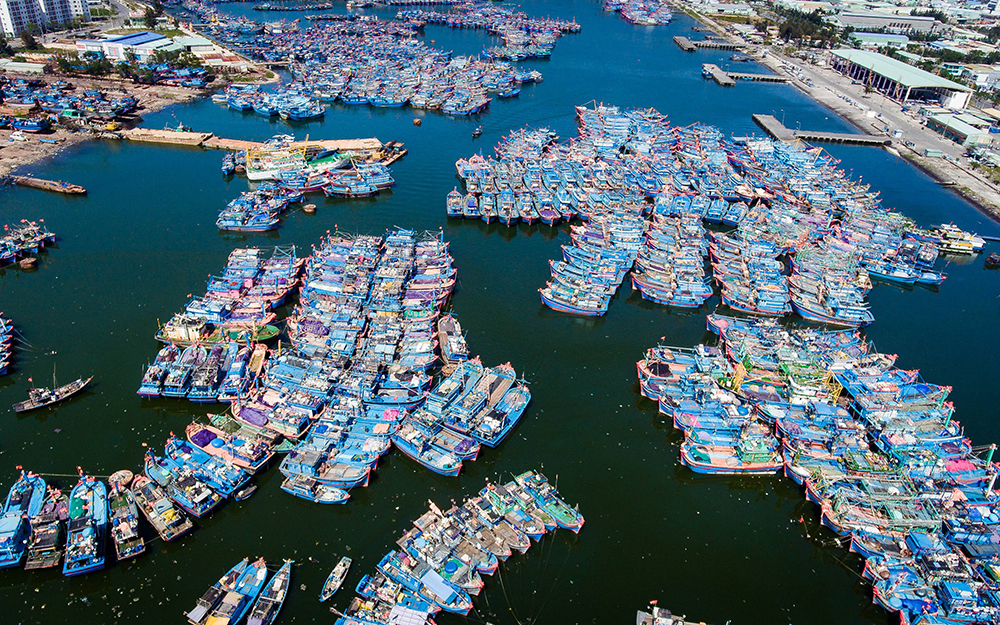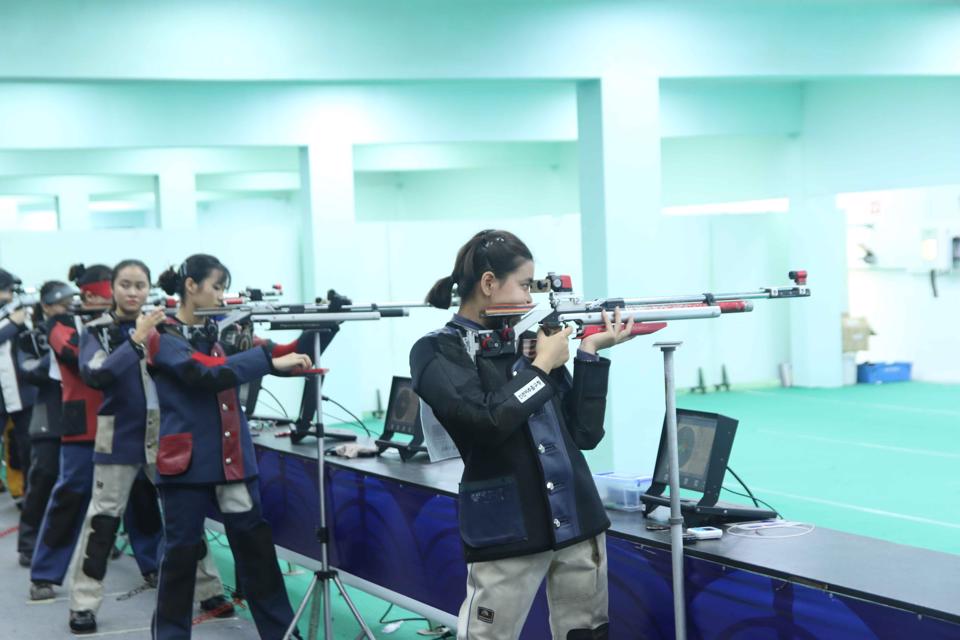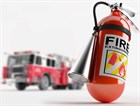What is a fishing port? What are the criteria for classification of fishing ports in Vietnam? - Huong Thuy (Binh Dinh, Vietnam)

What is a fishing port? Criteria for classification of fishing ports in Vietnam (Internet image)
1. What is fishing port?
According to Clause 24, Article 3 of the Law on Fisheries 2017, fishing port means a port for commercial fishing vessels, including port land areas and port waters.
In which:
- Land area of fishing port mean an area used for building quays, warehouses, workshops, head offices, service facilities, systems of traffic, communication, electricity and water and auxiliary works serving the port’s operation
- Fishing port waters" means an area of water used for creating waters in front of quays, turning basins, anchorages, transshipment areas, channels leading to fishing ports and other auxiliary works.
(Clause 25 and 26, Article 3 of the Law on Fisheries 2017)
2. Criteria for classification of fishing ports in Vietnam
Specifically, in Article 78 of the Law on Fisheries 2017, fishing ports are classified into three types: class I fishing ports, class II fishing ports, and class III fishing ports.
As follows:
2.1. Criteria for class 1 fishing port in Vietnam
A class 1 fishing port shall satisfy the following criteria:
- It is a place where commercial fishing vessels of multiple provinces, central-affiliated cities and foreign vessels come into to carry out handling of aquatic products and provide other fishery services and is the main distribution point of aquatic products in the region;
- At least 90% of main equipment for material handling of the port is mechanized;
- The minimum area of port waters is 20 ha;
- Depth of channels to the fishing port and waters in front of the quay complies with the Government’s regulations;
- The minimum land area of the port is 4 ha or 1 ha applicable to fishing ports on islands. Offices and technical infrastructure comply with regulation of law on food safety, environmental safety and fire safety;
- The minimum quantity of aquatic products passing the port is 25,000 metric tons per year or 3,000 metric tons per year, applicable to fishing ports on islands.
2.2. Criteria for class 2 fishing port in Vietnam
A class 2 fishing port shall satisfy the following criteria:
- It is a place where commercial fishing vessels of several provinces and central-affiliated cities come into to carry out handling of aquatic products and provide other fishery services and is the main distribution point of aquatic products in the province;
- At least 70% of main equipment for material handling of the port is mechanized;
- The minimum area of port waters is 10 ha;
- Depth of channels leading to the fishing port and waters in front of the quay complies with the Government’s regulations;
- The minimum land area of the port is 2.5 ha or 0.5 ha applicable to fishing ports on islands. Offices and technical infrastructure comply with regulations of law on food safety, environmental safety and fire saty;
- The minimum quantity of aquatic products passing the port is 15,000 metric tons per year or 1,000 metric tons per year, applicable to fishing ports on islands.
2.3. Criteria for class 3 fishing port in Vietnam
A class 3 fishing port shall satisfy the following criteria:
- It is a place where commercial fishing vessels of a province or central-affiliated city anchor;
- The minimum land area of the port is 0.5 ha or 0.3 ha applicable to fishing ports on islands. Offices and technical infrastructure comply with regulations of law on food safety, environmental safety and fire saty;
3. Regulations on opening and closing fishing ports in Vietnam
3.1. Conditions for opening a fishing port
According to Clause 1, Article 79 of the Law on Fisheries 2017, a fishing port will be opened if:
- The conditions prescribed in Article 78 of Law on Fisheries 2017 are satisfied;
- The organization managing the fishing port (hereinafter referred to as “supervisory organization”) has been established;
- There is a plan for using the fishing port.
3.2. Cases of closing fishing ports
According to Clause 2, Article 79 of the Law on Fisheries 2017, a fishing port will be closed if:
- The supervisory organization is suspended from operation or shut down in accordance with regulations of law;
- Depth of channels leading to the class 1 or class 2 fishing port and waters in front of the quay fails to comply with the Government’s regulations;
- The class 1 fishing port no longer satisfies the criteria prescribed in Points b, c and dd Clause 1 Article 78 of Law on Fisheries 2017 without any timely remedy;
- The class 2 fishing port no longer satisfies the critera prescribed in Points b, c and dd Clause 2 Article 78 of Law on Fisheries 2017 without any timely remedy;
dd) The class 3 fishing port no longer satisfies the critera prescribed in Point b Clause 3 Article 78 of this Law without any timely remedy;
Thanh Rin
 Article table of contents
Article table of contents









